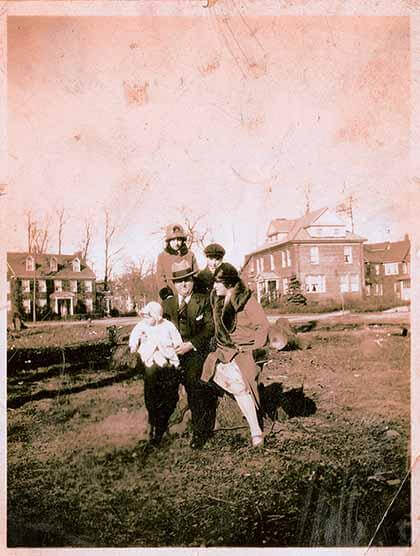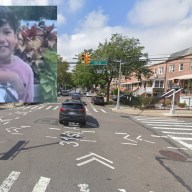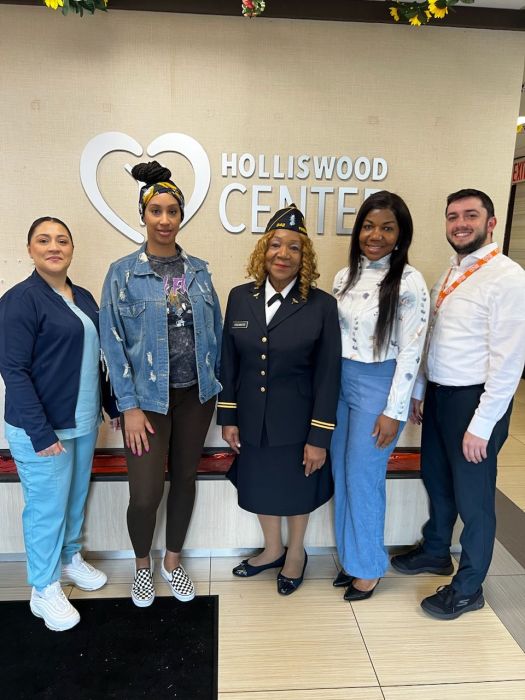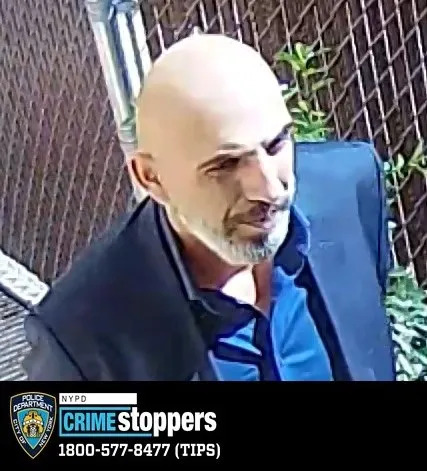By Anna Gustafson
Queens College recently launched a new memory project aimed at recording the stories of many of the borough’s 2 million residents living in the nation’s most diverse county, from a 92-year-old Flushing pioneer to some of the area’s earliest South Indian residents.
Unveiled by college officials last week, the Queens Memory Project is a collaboration of the Queens College Libraries’ Department of Special Collections and Archives and the Archives at Queens Library and will digitize images and interviews from residents throughout the borough.
“History is on the street corners,” said Benjamin Alexander, director of Special Collections and Archives at Queens College. “Like Queens itself, this project is complex and dynamic. We’re not doing traditional archiving of materials from the past. Instead we want to engage the historical process of Queens in real time and create a website that captures the borough’s democratic, pluralistic history. There has never been a project like this, which aims to capture ethnographic change on such a huge scale.”
Natalie Milbrodt originally began the project when she was a special collections and archives fellow in the Queens College libraries and a master’s degree candidate in the Graduate School of Library and Information Studies where she focused her efforts on Flushing. Milbrodt interviewed 20 residents in the Waldheim neighborhood, located less than a mile from downtown Flushing.
After she received a recent $25,000 grant from the Metropolitan New York Library Council, Milbrodt forged the partnership with Queens Library. Those involved with the project will not only digitize the interviews Milbrodt has already done, but try to record the stories of as many of Queens’ approximate 2 million residents as they can. They will also set up an interactive website that will allow users to record further information about themselves in order to create what Queens College officials called a “collective memory in the borough.”
“Support for this project will allow us to enhance public access to existing records of historical and contemporary life in Queens neighborhoods, providing a record of change in development, population, community lifestyles and identities,” said Milbrodt, now project manager for the collaboration.
Those who will be part of the project include 92-year-old Annalou Christensen, whose parents purchased land in Flushing in the early 1900s. Her family has countless stories from their time in the United States, and she has a relative who fought in the Civil War. Members of the largely South Indian Ganesha Temple were also interviewed by Milbrodt, and her interviews and photos documented an annual ritual in which individuals pull a sacred statue of the Hindu deity Ganesha through Flushing.
Milbrodt also spoke with Nilda Tirado, one of two sisters who were among the first women in Queens to be given mortgages to purchase a home in the 1970s.
The project will include neighborhood-specific historical and contemporary photography, maps and news clippings alongside the oral history interviews with current residents.
For an example of what the project’s future website will look like, visit philaplace.org, which was developed by the software firm Whirl-i-Gig, another partner in the project.
Reach reporter Anna Gustafson by e-mail at agustafson@cnglocal.com or by phone at 718-260-4574.




























